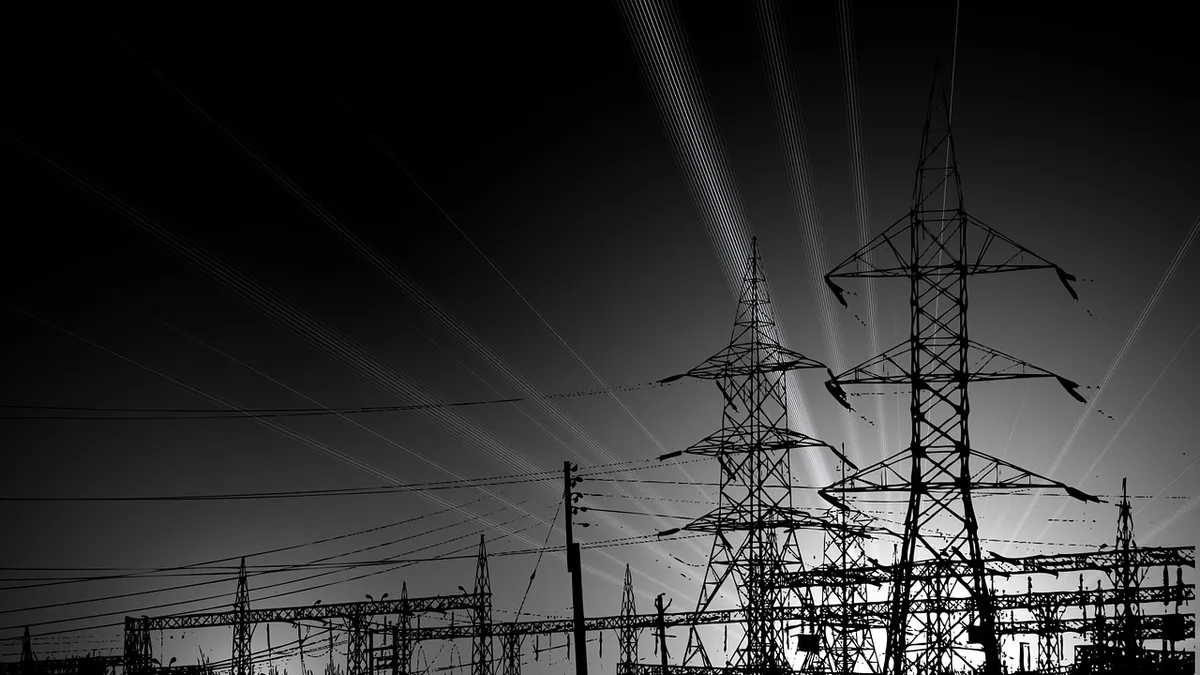Dive Brief:
- Dominion Resources will shutter its Yorktown coal plant in April, and afterwards may need to use rotating blackouts on the Virginia Peninsula in order to maintain grid reliability and avoid voltage collapse.
- The Yorktown's two units do not run often, and violate environmental emissions standards. They are required to close by law, RTO Insider reports, and once they are offline, the grid will become unstable.
- The Army Corps of Engineer is considering a transmission line could replace the lost power but it will need to cross the James River, and that proposal has many opponents. The design calls for more than a dozen transmission towers.
Dive Insight:
It will take at least a year to construct the Surry to Skiffes Creek 500 kV Line, but the Yorktown power plant must close in April and the transmission project is still under review. So until the line can be built or another solution found, Dominion has developed a plan that keeps the broader grid stable—though it could require dropping service to 150,000 customers.
Dominion presented its plan to PJM this week. Absent the two coal units, the generator said there is a "long list of N-1-1 contingencies that result in voltage collapse and thermal overloads."
PJM’s board approved the Surry-Skiffes line in 2012, and the Virginia State Corporation Commission signed off the following year. But the plan has faced opposition from many who say the transmission line is not appropriate for the scenic river and historic area.
Dominion's proposal calls for building a 7.76-mile 500 KV overhead transmission line, running from the Surry nuclear power plant switching station in Surry County to the proposed Skiffs Creek switching station. Last April, however, the Virginia Supreme Court handed opponents of the project a win, ruling aspects of the line were subject to local siting rules.
Dominion previously warned that the new transmission line is essential to the region's power supply, but still faced opposition. It told the grid operator that its New Remedial Action Scheme, as it calls the plan, is "only a stopgap measure."














